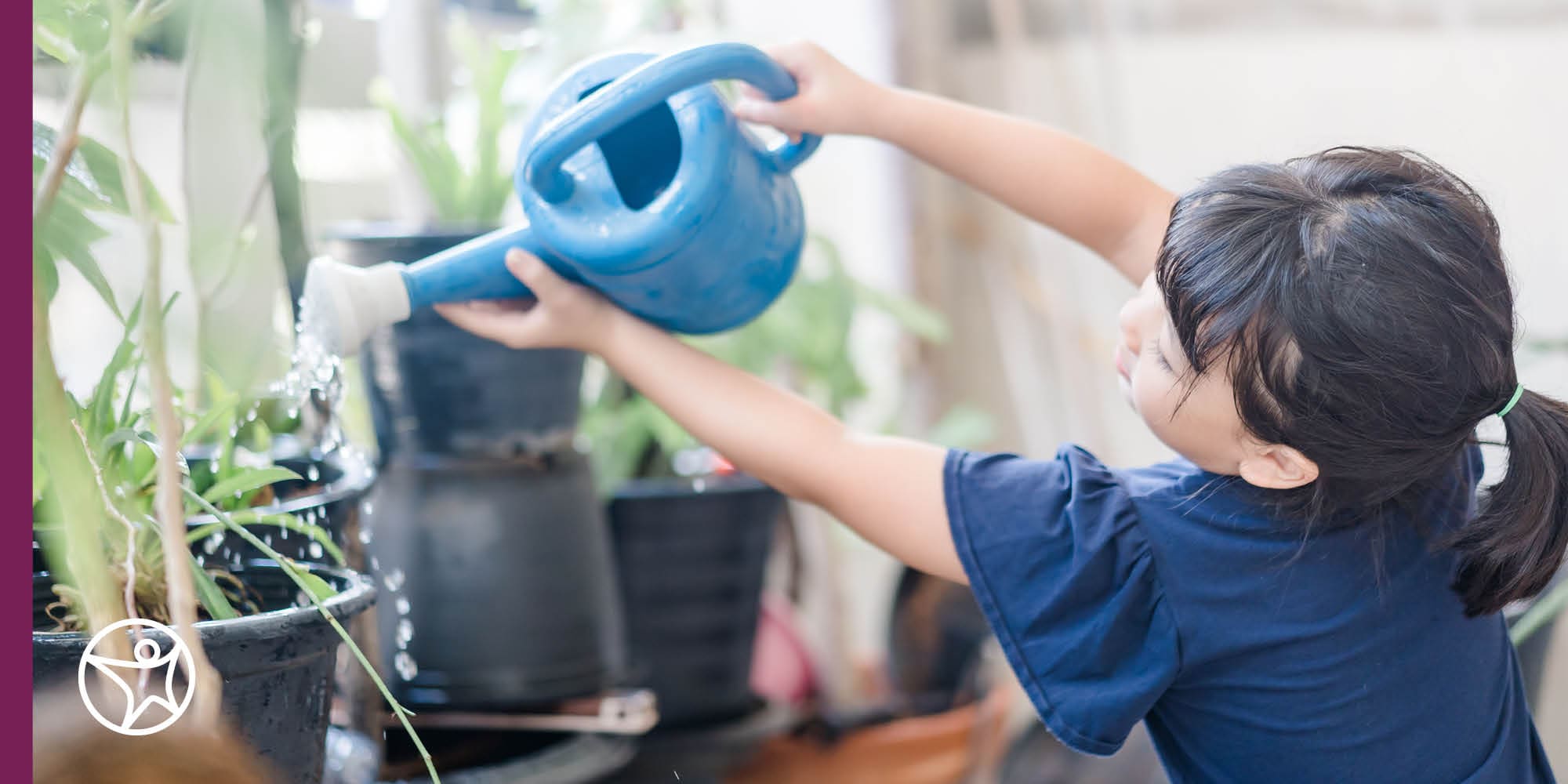Connections Academy vs. Other Online Schools
by Connections Academy
by Dan Reiner
4 min to readYour child is undoubtedly familiar with the concept of recycling. Perhaps he or she owns something “made from recyclable materials.” Or maybe your family recycles empty bottles and cans, and your child knows to put these items in the recycling bin. He or she probably even recognizes the recycling symbol on the bottom of these recyclables.
So, does your child have a thorough understanding of recycling? What else can he or she learn from the three R’s, Reduce, Reuse, and Recycle?
Knowing the importance of conservation, the science of composting, and the difference between renewable and nonrenewable resources is just a start. Most importantly, the three R’s can also help your child develop his or her creative thinking and strategic skills—and gain a deep respect for the environment.
Take your child’s understanding of recycling to the next level with a hands-on strategy.
Before you and your student take action, review the three R’s and discuss any concepts that are new to your child.
Make sure your child develops a solid understanding of this concept by reviewing the vocabulary. What does reduce mean? If you have a younger student, discuss each term in familiar contexts. For example, you could discuss these different uses of reduce:
For extra vocabulary practice, you can ask your student to come up with a sentence using the term. Ask older students to define each word in their own words.
Here are the definitions:
Reduce — to limit the amount of resources you use and the waste you create
Reuse — to use something more than once
Recycle — to use something again for a different purpose or after it has been changed into something different
Once you and your student have reviewed the definitions, discuss renewable and nonrenewable resources. What are some examples of each? What do the three R’s have to do with renewable and nonrenewable resources? How are the three R’s related to each other?
Next, discuss ways that you and your family can reduce, reuse, and recycle.
Help your student practice logical thinking skills by writing down what resource is being reduced in each of the above examples.
Students who are really interested in reducing the resources they use can try measuring their progress. For example, students can weigh a week’s worth of trash before making an effort to reduce the amount of waste in the house. After a week, measure the garbage bag again. Does it weigh less than it did before?
Once your student has reviewed the three R’s, it’s time for some hands-on exploration. Work with him or her to plan an independent project using the guidelines below.
Planning and completing a project makes the three R’s personally relevant to your student. This is how to truly teach the importance of conservation and convey our role in protecting the environment.
by Connections Academy
by Valerie Kirk
by Valerie Kirk
